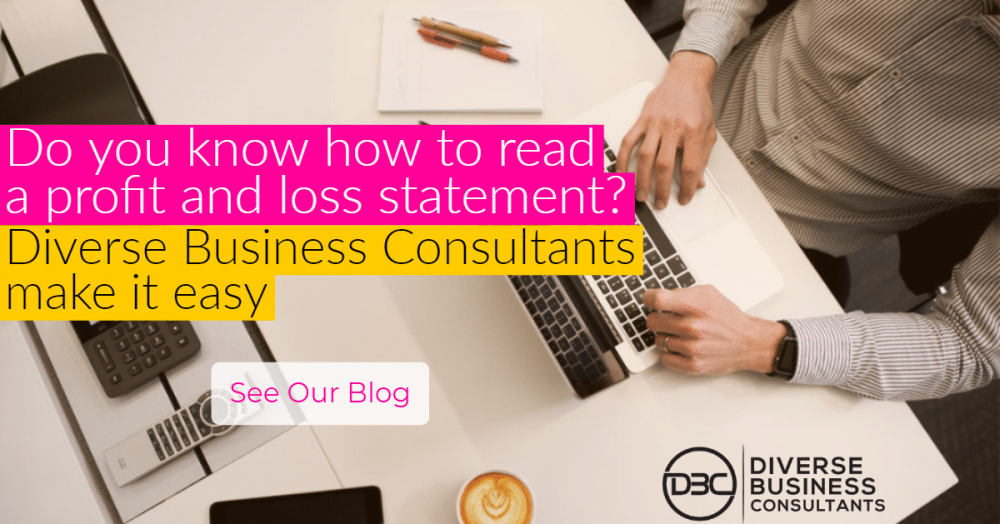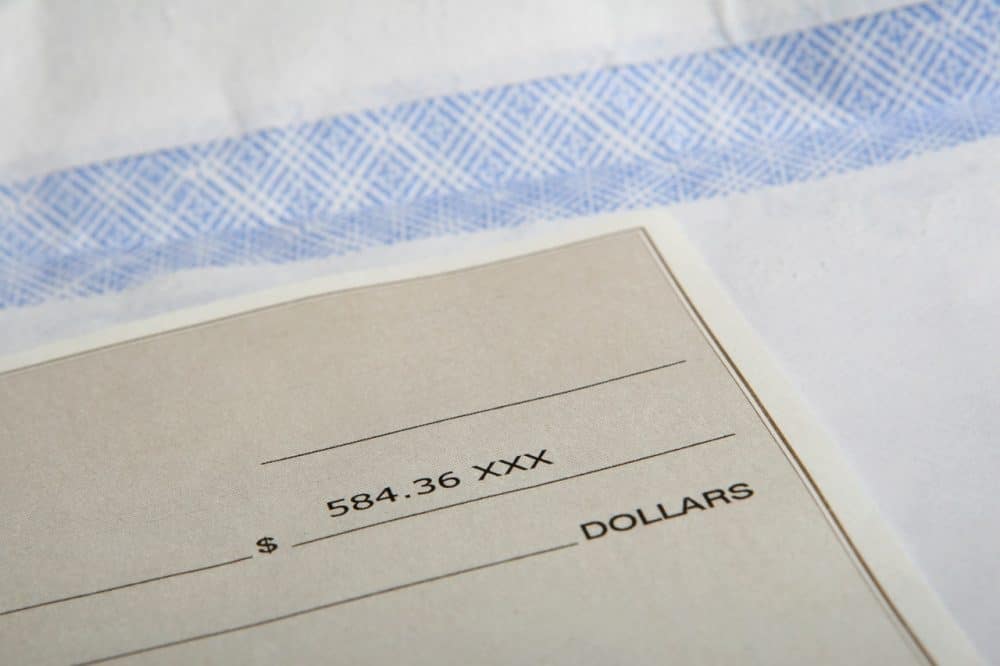
When people look at starting their own business, the decision is usually driven by a particular passion. Whether it’s a love of coffee, fashion, design or helping others, there’s a good chance that a part of that passion doesn’t include accounting (unless of course, you’re starting your own business as an accountant or bookkeeper!).
What does this mean? Well, it generally means that people who have started a business have little to no interest in getting to know their financial details and diving into their books. We’ve met business owners who simply don’t have the time or patience to get to know what some of their reports are, including their profit and loss statement. Even though this is a great way to understand the success of your business, it’s not something that everyone can get their head around.
Before you get started, it’s important to remember a wise old saying; “garbage in, garbage out”. Before you start reviewing your profit and loss statement, you need to make sure that the information has been correctly entered into Xero in the first instance.
So, how do you read a profit and loss (P&L) statement? Where do you get one? If you’re using Xero, you can generate a P&L report quite easily.
Create a Profit and Loss statement in Xero
- Under the “Accounting” menu, head to “Reports”
- Here you will find the “Financial” menu and you can select “Profit and Loss (New)”
- Choose your preferred date range and then select “Update” to see your new report
Once you have your report, you’ll see a number of different numbers, figures and titles. We’ll help explain more about the report and its inclusions.
Income
Although this is fairly self-explanatory, it’s important to understand what this includes. Depending on your business and your various types of income, this section may include items such as income from interest earned, other revenue and sales. You’ll also have a total income amount where you can see the total of all income sources.
These items will be the first to be noted on your profit and loss sheet. Your sales and income are the first things to be shown on your profit and loss report because if you do not have sales, you do not have a business. This is your first point of call to understand how much income your business is actually receiving and these figures will help you determine your improvements as time goes on. As you can imagine, the figures found in this section are critical to the success of your business because this is what you will need to cover your expenses. The lower your sales and revenue, the lower your costs will need to be in order to stay productive and successful.
Cost of goods sold
The next section of your profit and loss statement will be your “cost of goods sold” section. Any purchases that you have recorded that relate to producing the items that you need to make sales, will be found here. The figures found here are usually quite variable in nature depending on your business. As an example, if you run a bakery, the packaging that you use to sell your product would be listed under the cost of goods sold section.
It’s important to note that items such as electricity accounts, internet bills, telephone accounts and so forth would not be included under the “cost of goods sold” section. These items are classed as an overhead because, whether or not you make any sales, these bills would need to be paid regardless.
Depending on your type of business and how detailed you want your “cost of goods sold” section to be, you can make this a very simple and straightforward figure or you can go into details as to what is included by breaking it up into various lines or accounts. They can provide specific items for your cost of goods. For example, packaging, food purchases and drink purchases. From here, if you want to see what your gross profit is, you would simply subtract the “cost of goods sold” figure from your sales figure as noted in the sale section of your profit and loss report.
The general rule of thumb for working out if an item should be accounted for as a ‘cost of goods sold’ is that if your sales increase, will these items be increased at the same rate. For example, if I sell more bread as a bakery, I will need to buy more flour and packaging to make those products. In comparison, my electricity and telephone costs may not significantly increase or decrease in relation to sales and that is why those things are classed as overheads.
Operating expenses
Do you pay for insurance, accounting, rent, royalties or marketing? In the operating expenses section of your profit and loss statement, this is where you will find all of these expenses and more. In general, the costs that are set by leases and agreements that are required to keep your business running would usually be found in this section. The items that are found within this section can often be improved with better management. Every dollar and cent can add up in savings and will help your bottom line at the end of the day. Although that small saving on that insurance policy of yours may not seem like a big deal, it’s all of these small costs and savings that really add up to ensure that your business can continue to be successful. At the bottom of this section, you will have a total operating expenses value to give you a clear understanding of how much you are spending on operating costs.
Net income
Once you have assessed all of your income details, cost of goods sold and your operating expenses, you will be left with your net income total at the bottom of your report. How does your business stack up? Do you have a figure that you were expecting? If not, it’s not the end of the world.
How to improve your business using your profit and loss report
You can use your profit and loss report to help improve your business over time. By understanding what your expenses are, how much they are and what percentage they are in comparison to the rest of your expenses, this can help you improve your bottom line. Knowing what percentage your expenses are can help you understand how much of an impact it makes on your percentage of sales.
You can use your expense percentages as a key performance indicator (KPI) that you can work on and improve over time. Even by setting a goal of reducing this percentage by just one or two per cent can help make big differences in your business. The next time you assess your profit and loss statement, you’ll be able to see if your expense lines have increased or decreased and how this has helped improve your KPI’s.
If you’re looking for a quality bookkeeper in Brisbane to help make sense of your profit and loss statements, have a chat with Diverse Business Consultants today. We’re here to provide you with the advice you need in order to help make your business a success.




